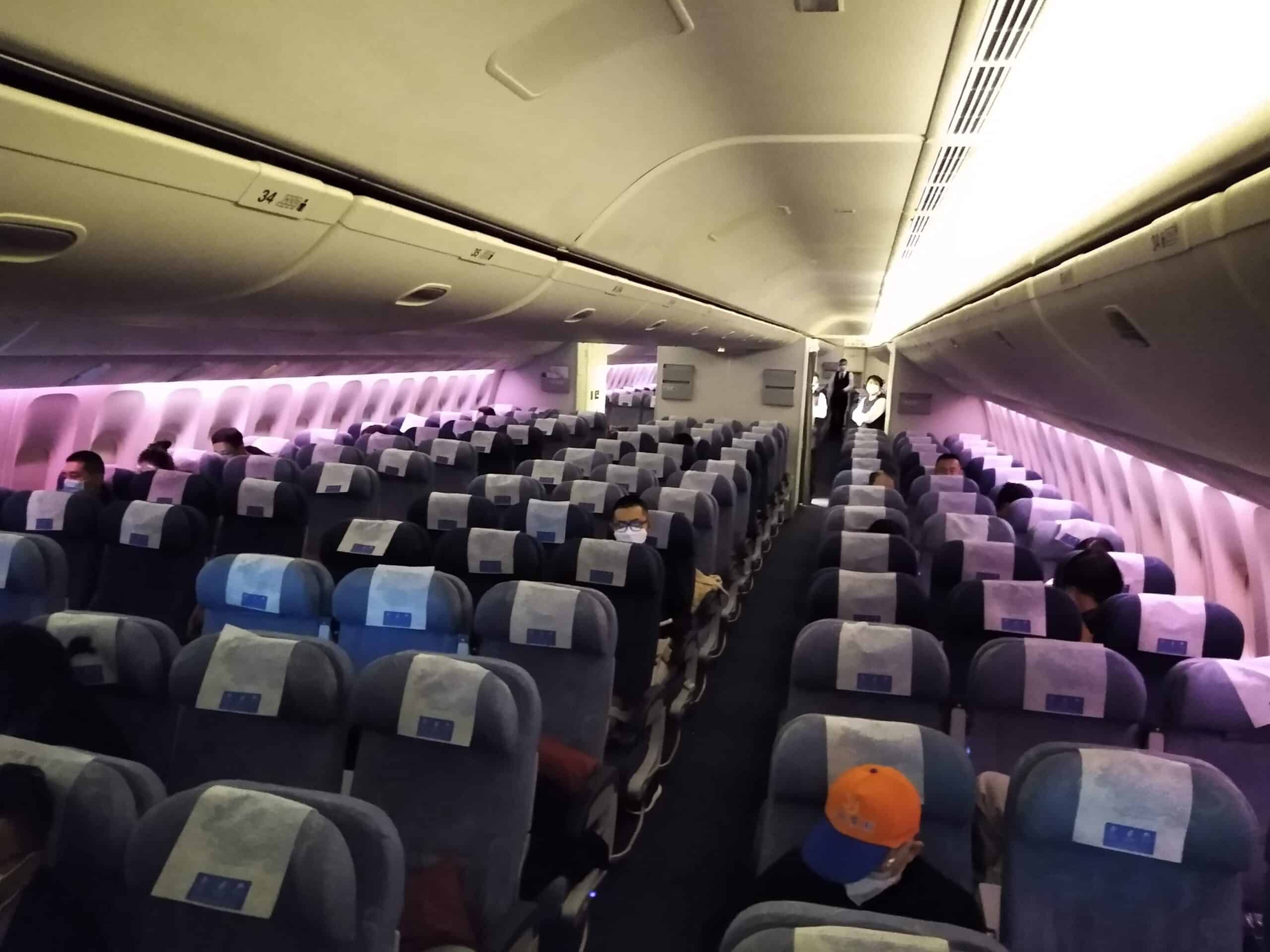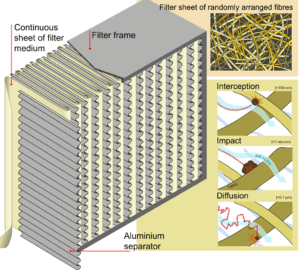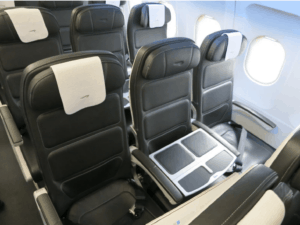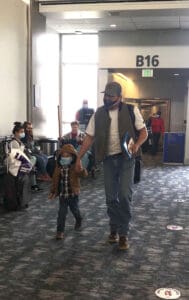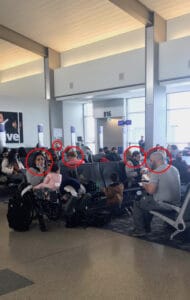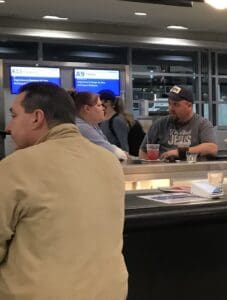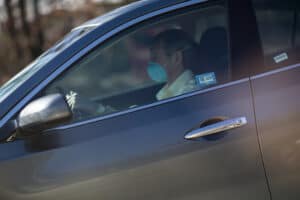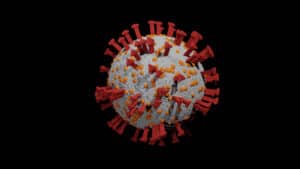 After nearly a year, the end is in sight. We’ve passed through the darkest hours and have reason to believe the virus might soon be behind us. For that reason, many of us are itching to get away, to break out of our confinement and go somewhere for a much-needed holiday. But if we are going to travel while the virus is still with us, the question arises: Is it safer to fly or drive during COVID?
After nearly a year, the end is in sight. We’ve passed through the darkest hours and have reason to believe the virus might soon be behind us. For that reason, many of us are itching to get away, to break out of our confinement and go somewhere for a much-needed holiday. But if we are going to travel while the virus is still with us, the question arises: Is it safer to fly or drive during COVID?
Before the pandemic, flying was preferable for a number of reasons, not the least of which was convenience, so for most travelers assessing the risks flying is the first option. But is it safe?
A Rosy Assessment
A quick look at the statistics for COVID infections attributable to air travel is promising. According to the International Air Transport Association, as of November 2019 only 44 cases of COVID19 out of an estimated 1.2 billion fliers are directly traceable to air travel. What’s more, according to the Journal of the American Medical Association, “The risk of contracting coronavirus (COVID-19) during air travel is lower than from an office building, classroom, supermarket, or commuter train.”
That all sounds terrific, until you consider the sources for these rosy assessments. The International Air Transport Association is an airline industry trade group, not exactly a disinterested party. And the article published by the Journal of the American Medical Association was written by two scientists who are employed by the airline industry.
If these sources are not exactly objective, there’s not a lot of evidence to refute them. Outbreaks traceable to air travel seem to be few and far between, and the industry is happy to provide an explanation for why. According to the industry, High Efficiency Particulate Air filters (HEPA filters) on planes filter out more than 99 percent of airborne microbes in the air. These are the same filters used in hospital operating rooms. On this basis alone, the inside of a commercial airplane is safer than most restaurants or office buildings.
Blocked and Unblocked
The problem is that not all commercial planes have HEPA filters. Many older and smaller planes rely on less effective air filtration systems. What’s more, regardless of how effective HEPA filters are, proper air filtration can be blocked or impeded by passengers or baggage. What’s more, HEPA filters are not always turned on when planes are stationary on the ground.
Still, the airline industry wants you to know it has been prompt and vigilant when it comes to the pandemic. In fact, as soon as the extent of the crisis was known, most airlines took immediate measures to ensure passenger safety, the most visual and compelling of which was the blocking of middle seats to promote social distancing. They did this knowing it would hurt their profits and without arm twisting by federal regulatory agencies. Sadly, however, for many airlines their selflessness quickly faded.
Some airlines were never really onboard with blocking the middle seats, and as soon as they got the public relations value out of it started cramming as many people as possible into their planes. United and American barely made it eight weeks before they started packing passengers into their planes like sardines. Others showed more concern. Southwest made it seven more months before unblocking middle seats on December 1st, 2020. Alaska and Jet Blue made it to the first week of January 2021 before succumbing. Unfortunately, as of today with the virus still raging only Delta is still putting people before profit with a commitment to keep middle seats blocked until at least March 30th, 2021.
Yet even with middle seats unoccupied you will be within six feet of other passengers on most airplanes. For this reason, it’s crucial that all passengers wear masks, and nowadays all US airlines claim they enforce strict mask policies. But do they?
Masking Policies Onboard
In almost every case, the punishment for passengers who refuse to wear masks is some form of restricted future travel. Once again, Delta appears to be the strictest, banning more than 500 anti-maskers so far and putting them on a no-fly list. The other airlines are not so forthcoming with their statistics, but it’s safe to say that they would rather face blowback from a few disgruntled anti-maskers than face a lawsuit for failing to protect passengers from a known health risk.
For the most part it appears masking policies are being adequately enforced, but the gray areas are many. Children under two don’t have to wear a mask, but no one’s checking ID’s. People with certain medical conditions don’t have to wear masks, but it’s hard to tell a person who claims they’re sick but haven’t filled out the proper paperwork that they’re lying. And then there’s the desire to eat or drink something on a long flight, which requires masks to be removed.
This all adds up to is an imperfect situation when it comes to viral containment on board, but the greatest risk in flying is not inside the plane. People who bristle at the idea of wearing a mask will take it off as soon as they get the opportunity, which is usually in the Jetway, a confined space with little airflow that can get congested if someone bends over to pick up a dropped item.
Running the Gauntlet at the Airport
Once free of the Jetway travelers find themselves in the busiest of public spaces, the airport concourse, which is like a high school corridor between classes. People in airport concourses consider themselves as free as people walking down a sidewalk and act accordingly. Here the anti-maskers get to flaunt their freedoms by endangering the rest of us. If you can make it to baggage claim without passing through some respiratory droplets, you can consider yourself lucky.
Shuttle bus stops, taxi stands, rental counters, the number of potential places where you can find yourself within six feet of careless or inconsiderate strangers are many, which makes getting safely through an airport like running a gauntlet. Taken altogether, flying is not the safest mode of travel if you are trying to avoid exposure to a virus.
The Risks of Driving During COVID
By comparison, driving is much better. It’s all about touch points, those places where you are likely to come into contact with a stranger. On a long trip you may be in your car for hours, but you will be sitting next to someone you know. Those places where you are likely to encounter strangers—gas stations, hotels, restaurants—offer options that let you keep your distance. Pay at the pump when fueling. Use drive-up windows when buying takeout. Use contactless check in at hotels. It’s entirely possible to drive across the country with only minimal contact with other people.
Still, some travelers are put off by the idea of staying in a hotel room during the pandemic. This has less to do with the actual danger posed by COVID than by the general idea of germs being transmitted in a space that was occupied by someone else recently. However, for COVID to spread by surface contact in a hotel room the room would have to be poorly cleaned, and the virus would have to survive for a very long time on the room’s surfaces.
Increasingly, health experts are confirming what has been long suspected, that the danger of transmission from surfaces is not as great as initially believed. Of course, it’s still a good idea to wipe down surfaces and wash your hands, but by and large the virus is spread by particles floating in the air. Those particles can remain adrift for up to three hours. Bottom line: unless an infected person was in your room less than three hours before you arrived, and your room was not cleaned since that time, you are unlikely to pick up the virus from your hotel room.
Is it Safer to Fly or Drive During COVID?
When compared to the dangers of transmission posed by congregating in close spaces with people who refuse to follow rules and don’t care about a global health crisis that’s killed 1.75 million people, driving to your destination is much safer than flying.
Looked at another way, it’s all about controlling the situation. When you travel by air, you cede control to those around you, which means you have to depend on them to be reasonable—a tall order these days. On the other hand, when you drive, you maintain control of the situation. Driving may take longer, but if you have the option when traveling long distances during the COVID crisis, driving is definitely better than flying.
Related Articles
How to Reduce the Risk of COVID Exposure When Traveling by Car
Sources:
A Reality Check on COVID-19 Risks From Air Travel. Medscape. Nov 24, 2020, Website
Risk of COVID-19 During Air Travel. JAMA Network. October 1, 2020, Website
How Clean is the Air on Planes? National Geographic Travel, Website
COVID-19 Basics. Harvard Health Publishing, Website
Which US Airlines are Blocking Middle Seats? The Points Guys, Website
Image Credits:
A nearly empty flight from PEK to LAX amid the COVID-19 pandemic, by Mx. Granger
Coronavirus, by Muenocchio
HEPA Filter, Public Domain
Blocked middle seat, by Flight-Report.com
Maskless man emerging from Jetway with child, Marianne Grisdale
Maskless travelers waiting at the gate, Marianne Grisdale
Maskless travelers at airport bar, Marianne Grisdale
Masked Driver, by bionicteaching

